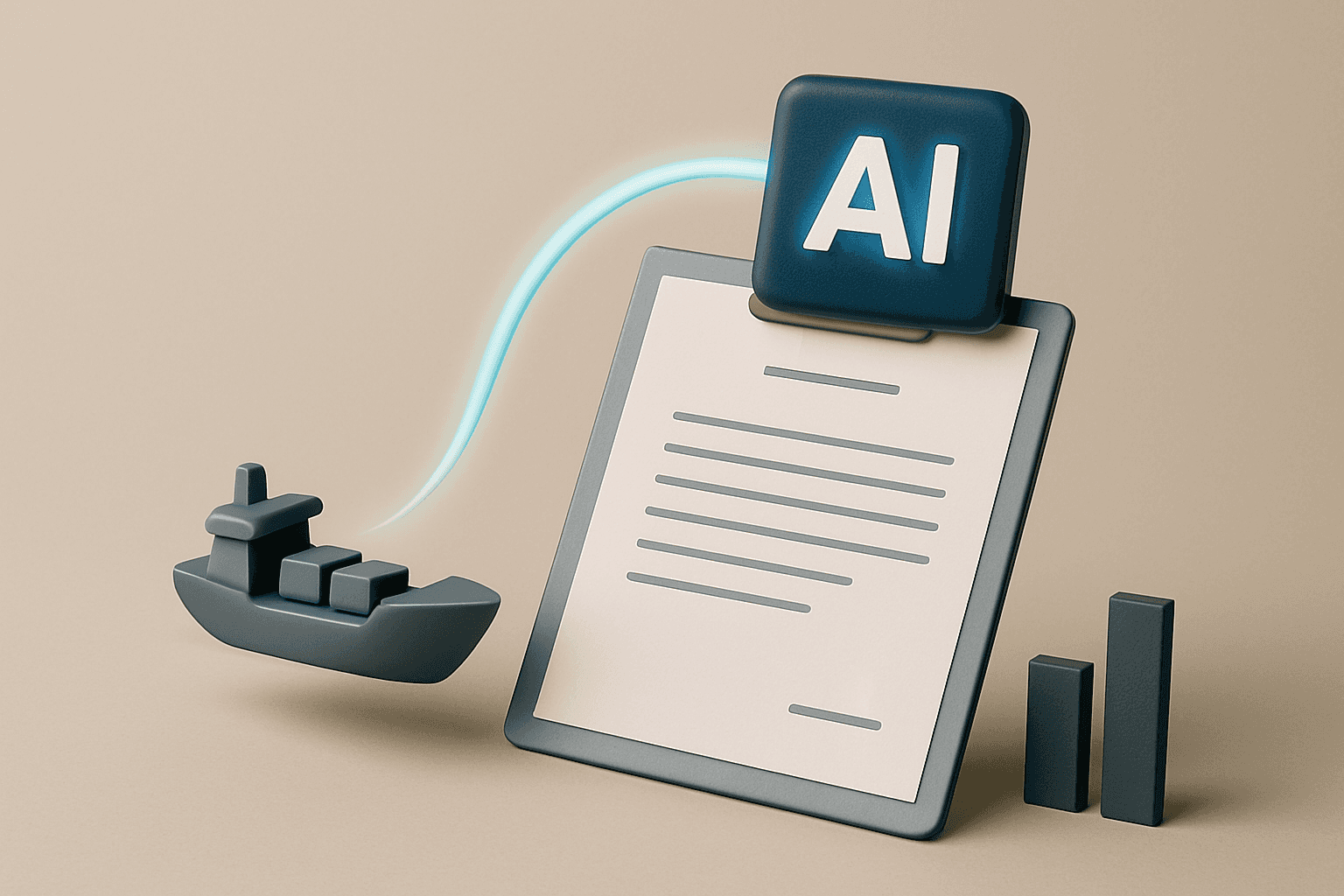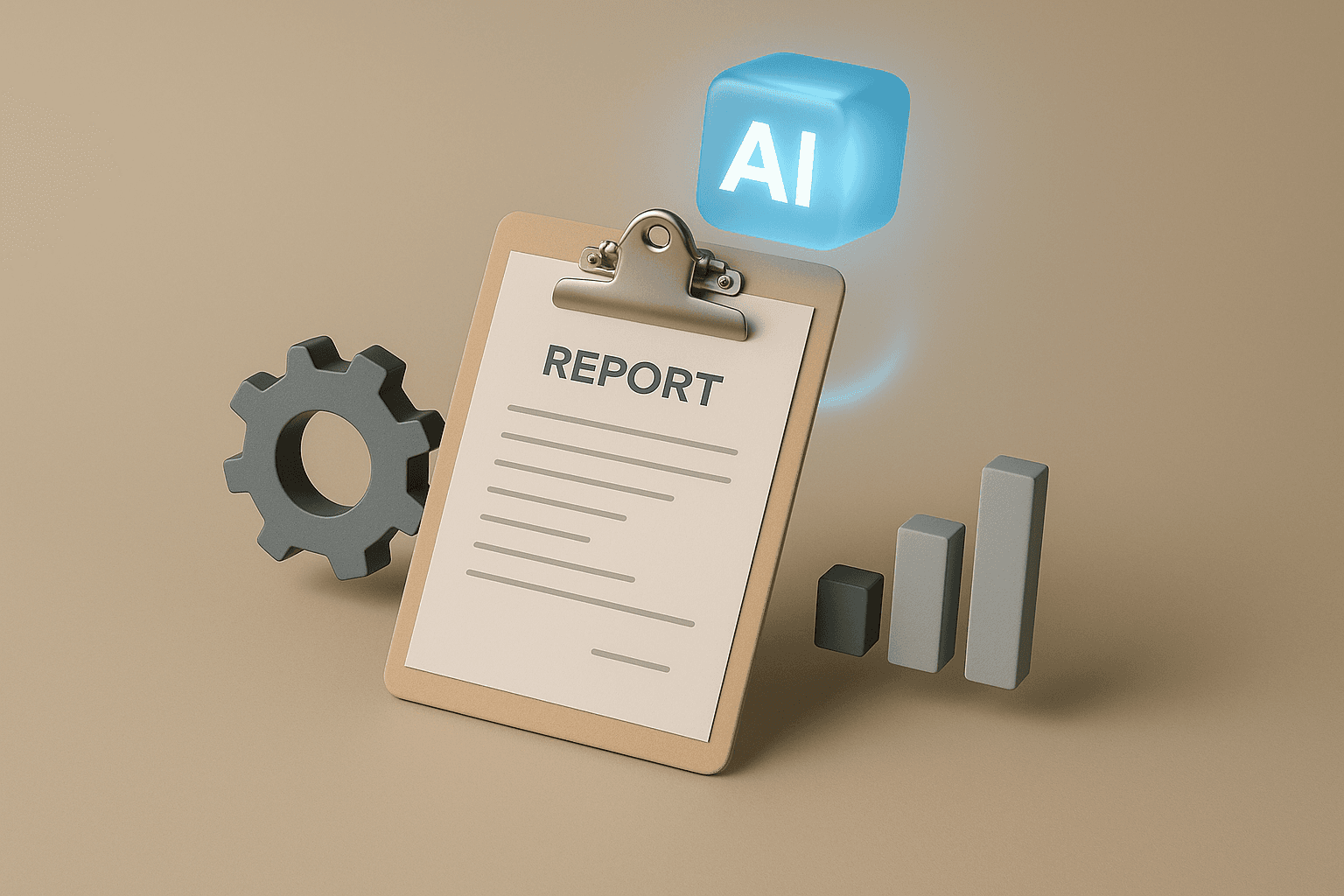Insight
Understanding and Solving Context Rot in LLMs: Why Longer Inputs Often Fail, and What You Can Do About It
Sep 1, 2025
In the race to scale large language models (LLMs), one trend has stood out: the dramatic expansion of context windows. Today’s frontier models boast the ability to handle hundreds of thousands, even millions of tokens at once. The promise? Better memory, deeper understanding, and more intelligent behavior. But the reality is more complicated.
Rather than boosting performance, longer inputs often lead to degraded results. This phenomenon, known as Context Rot, is now one of the most critical barriers to deploying generative AI effectively in real-world settings—especially for enterprises and teams relying on LLMs for knowledge work.
In this deep dive, we’ll explore what context rot is, why it happens at a fundamental level, and most importantly, how you can design around it using a strategy called Context Engineering. Whether you’re building internal copilots, customer-facing chatbots, or knowledge automation tools, understanding this issue is essential to unlocking LLM value.
What Is Context Rot?
Context Rot refers to the gradual performance deterioration of LLMs as they are given longer and more complex inputs. In theory, more tokens should mean more context. But in practice, it often leads to forgetting, hallucination, or misprioritization of information.
Rather than focusing on the most relevant pieces of a prompt, the model might:
Miss or ignore key facts buried in long input
Fixate on less relevant but more recent or frequent details
Confuse similar phrases or concepts
Misinterpret what the user really wants
This isn't just a limitation of memory or compute. It reflects a deeper issue in how LLMs allocate attention and reason through sequences.
Example: When the Model Forgets What Matters
Consider a real-world use case: a user tells an AI assistant early in a conversation that they live in San Francisco. Later, they ask, “It’s sunny out—where should I go today?”
If the assistant understood the conversation holistically, it would suggest local outdoor activities. But if the entire conversation history is simply dumped into the prompt, there's a good chance that key detail (the user’s city) gets lost. The model might give a generic or irrelevant response, especially if the context is filled with unrelated past turns.
In trials, researchers found that summarizing the user’s location before responding (e.g. "User is located in San Francisco") consistently improved performance—proving that more input ≠ better reasoning.
Why Does Context Rot Happen?
LLMs process input by weighing the relevance and position of tokens. But this system starts to break down when context becomes too long. Here are the main reasons:
Dilution of Key Information
As context grows, crucial facts get buried in a sea of noise. The model's attention gets spread too thin.
Ambiguity Overload
With more content, you're likely to include more similar-sounding or contradictory statements, making it harder for the model to infer the right meaning.
Increased Interference
Irrelevant but similar expressions (false positives) begin to distract the model from the actual answer.
Weakening of Sequential Logic
LLMs have trouble tracking the order and dependencies between tokens across very long spans. This impacts reasoning and coherence.
No True Long-Term Memory
Even with larger context windows, models don’t have memory in the human sense. They simply calculate probabilities over token sequences—so old, important facts can be pushed out by new, less relevant ones.
Simply scaling the number of tokens the model can accept doesn't solve the problem—it just postpones or obscures it. If you want consistent, high-quality output, you need a smarter way to structure your input.
The Case for Context Engineering
Context Engineering is the practice of designing and structuring prompts so that LLMs perform well, even with complex or extended information. It combines summarization, retrieval, formatting, chunking, and metadata usage to optimize input relevance and reduce noise.
This is not a luxury—it's a requirement for serious LLM applications.
Let’s break down the most common strategies.
📌 Strategy 1: Intelligent Summarization
Summarization isn't just for cutting length—it’s for improving semantic density. Instead of dumping an entire chat log or meeting transcript into your prompt, you can extract and reconstruct the most relevant points.
Use Cases:
Long-running customer support conversations
Multi-agent workflows with complex handoffs
Project logs or multi-day task updates
Effective summarization allows the model to focus only on what matters most, and ignore irrelevant turns or noise. The best results often come from layered summarization—i.e., summarizing after each interaction and then re-summarizing periodically for cumulative memory.
📌 Strategy 2: Retrieval-Augmented Generation (RAG)
You don’t need to preload all potentially relevant information into the prompt. Instead, use vector-based search systems to dynamically fetch only the necessary knowledge at runtime.
Example:
Wissly uses a RAG architecture that:
Stores documents, policies, FAQs, or even code snippets as vector embeddings
Uses semantic search to retrieve the most relevant pieces in real-time
Injects only those segments into the LLM input
This avoids overwhelming the model with unneeded context and improves both speed and accuracy. It's also modular—new data can be added without retraining the model.
📌 Strategy 3: Strategy Fusion & Experimentation
There’s no single solution. The most robust systems use combinations of summarization, retrieval, filtering, and formatting.
Some ideas to test:
Summarize then retrieve: Use a summary of the user’s context to guide what documents to fetch.
Retrieve then summarize: Shorten fetched results before injecting into prompt.
Use metadata and tags to prioritize key facts in the prompt.
A/B test different chunking sizes and prompt templates to find what works best in your use case.
Remember: every application is different. The best context strategy for a legal assistant won’t be the same as for a customer service bot.
How Wissly Solves Context Rot by Design
Wissly is built from the ground up to fight context rot. It doesn’t just connect you to LLMs—it engineers the input layer intelligently. Here’s how:
✅ Semantic Search to Clean Up Context
Instead of feeding the model full documents, Wissly uses retrieval to provide just the most relevant segments, reducing noise and improving performance.
✅ Built-in Summarization Pipelines
Automatically summarizes long conversations, tickets, or threads—so the model has a crisp understanding of user context.
✅ On-Prem Deployment
For enterprises handling sensitive data, Wissly supports secure, local installations—no cloud required.
✅ Context-Aware Templates
Build structured prompts tailored to your industry or task, from HR to law to customer support.
✅ Continuous Optimization
Wissly offers analytics to help you measure performance and adjust strategies over time—such as chunk sizes, document scoring, and feedback loops.
Final Takeaway: Smarter Context Beats Bigger Context
The ability to input a million tokens is impressive. But the ability to extract the right answer from 5,000 tokens is far more valuable.
As LLMs become more powerful, the challenge shifts from raw capacity to smart input design. That’s the core idea behind Context Engineering—and it’s how you unlock real ROI from AI systems.
Wissly gives you the tools, infrastructure, and strategy to win in the era of context-saturated AI.
Ready to build smarter AI workflows?
Recommended Content










